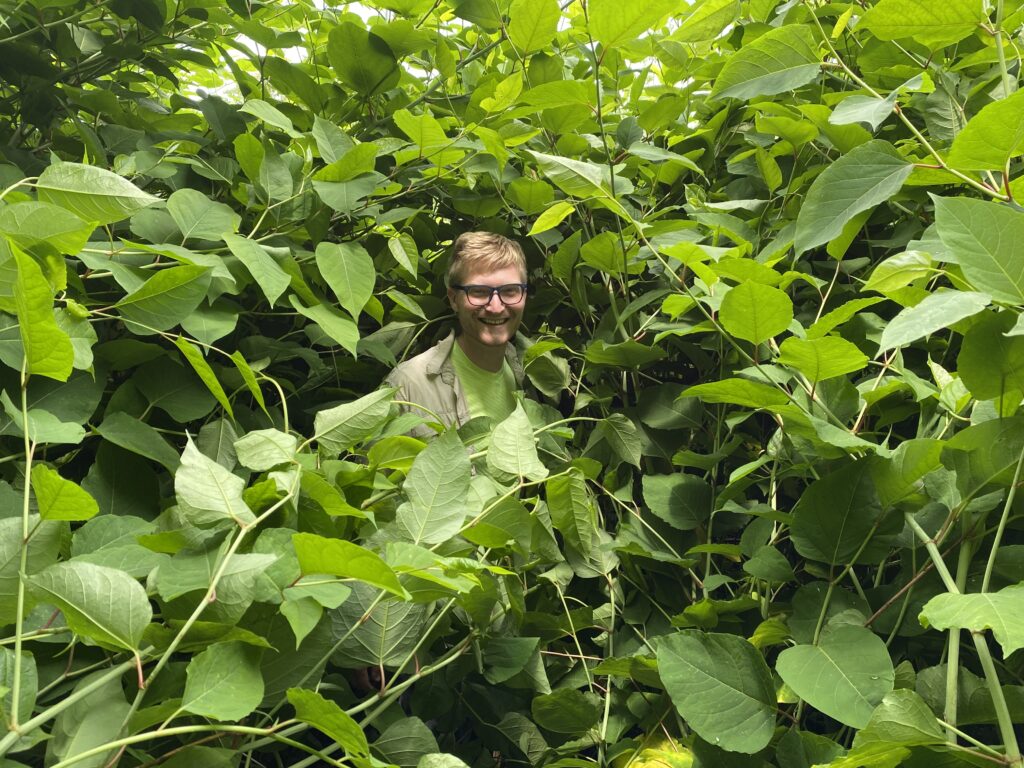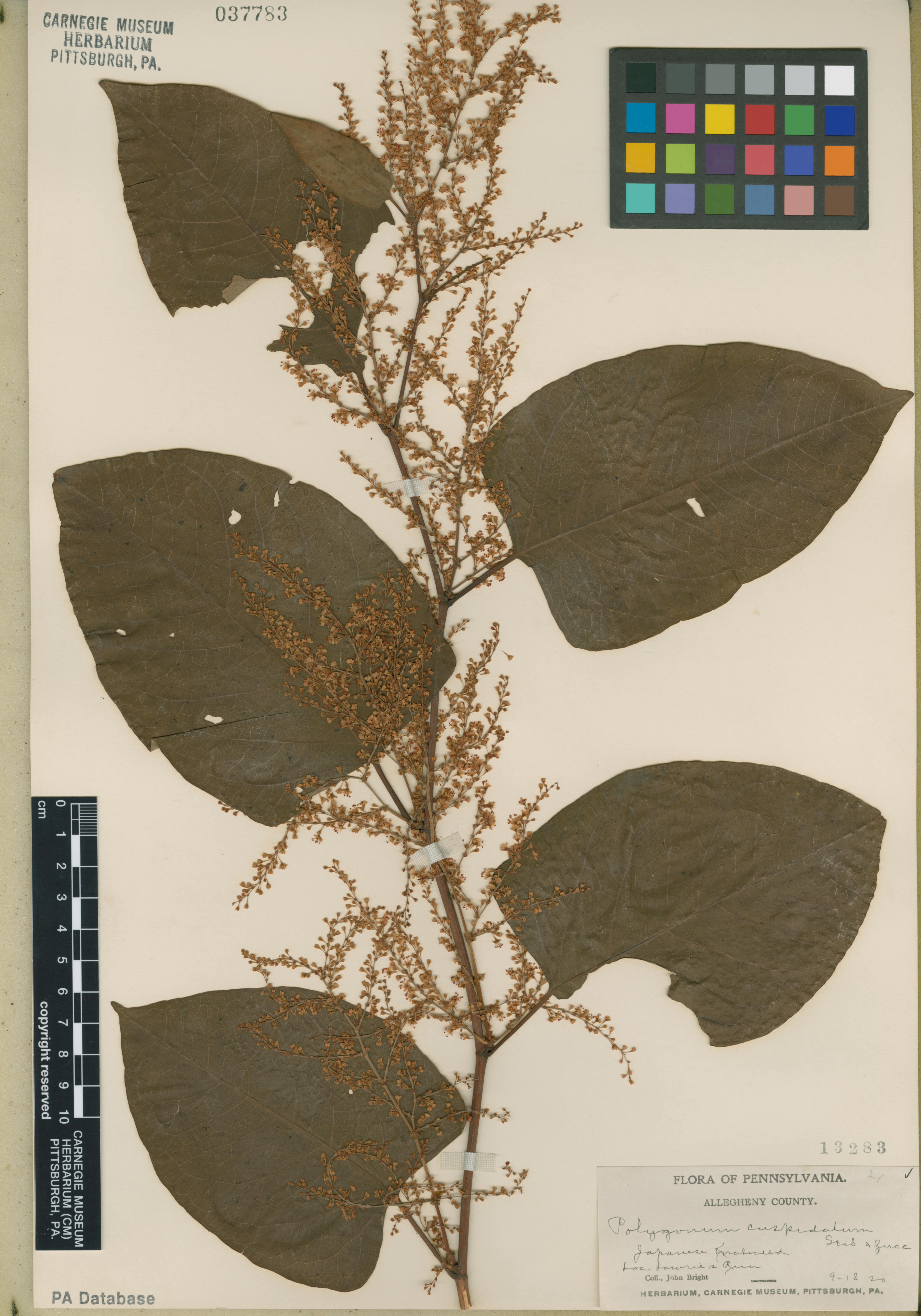Pittsburgh, September 28, 2023 — This fall and holiday season, Carnegie Museum of Natural History (CMNH) presents Life in One Cubic Foot. The exhibition follows the research of Smithsonian scientists and photographer David Liittschwager as they discover what a cubic foot of land or water—a biocube—reveals about the diversity of life on the planet. CMNH will present Life in One Cubic Foot from October 14, 2023 through January 7, 2024. The exhibition is organized by the Smithsonian Institution Traveling Exhibition Service (SITES) in collaboration with the Smithsonian’s National Museum of Natural History.

A biocube—the tool at the heart of the exhibition—is a one-by-one-by-one-foot framed cube that organisms from the surrounding environment can enter and pass through. Biocubes featured in the exhibition were placed in environments across the globe to learn what forms of life, both known and unknown, could be found during a 24-hour period. In addition to exploring life through the exhibition, visitors are also invited to participate in citizen science and uncover the biodiversity in their own backyards by creating and monitoring their own biocubes.
Life in One Cubic Foot explores life from exotic environments, like the coral reefs of French Polynesia and the alien mid-water ocean off the coast of California, to more familiar locales, like New York City’s Central Park. The exhibition features hundreds of different organisms—ranging in size from the head of a pin to the full one-cubic-foot biocubes—in collages of photographs, models, interactive elements, and exhibition videos. CMNH will include a special section of the exhibition that focuses on the biodiversity of Pittsburgh and western Pennsylvania.

Biocubes in the exhibition were not only used by scientists to explore what is already known about life on Earth but also to spotlight how much biodiversity remains for aspiring scientists to discover. Scientists estimate that there are more than one million species still unknown or unnamed by scientists. Environmental changes—like climate change and other human-made forces—affect life around the world, both discovered and yet unidentified. Global efforts to understand the impact of these changes and answer questions about how to manage the complex dynamics of wildlife and natural resources will improve as scientists fill knowledge gaps in the tree of life.
“We hope visitors will experience wonder and curiosity about the diversity of life around the world and especially in their favorite parks and along their daily commutes,” said Gretchen Baker, the Daniel G. and Carole L. Kamin Director of Carnegie Museum of Natural History. “We encourage them to investigate life outside the walls of our museum, in their own familiar and cherished places. The better we understand life on Earth, the better we recognize its vulnerabilities and the pressing challenges it faces.”
The exhibition is free with museum admission and runs until January 7, 2024. General museum admission costs $25 for adults, $20 for adults 65 and older, $15 for children aged 3-18 or students with valid student IDs, and $12 after 3 p.m. on weekdays. Admission is free for members and children aged 2 and younger. More information is available at CarnegieMNH.org.
SITES has been sharing the wealth of Smithsonian collections and research programs with millions of people outside Washington, D.C., for more than 70 years. SITES connects Americans to their shared cultural heritage through a wide range of exhibitions about art, science, and history, which are shown wherever people live, work and play. For exhibition description and tour schedules, visit sites.si.edu.
The Smithsonian’s National Museum of Natural History is connecting people everywhere with Earth’s unfolding story. The museum is one of the most visited natural history museums in the world. Opened in 1910, the museum is dedicated to maintaining and preserving the world’s most extensive collection of natural history specimens and human artifacts. For more information, visit naturalhistory.si.edu.













